Italy’s famous cities rightfully command attention, yet they represent merely the beginning of the country’s extraordinary depth. Beyond the well-trodden urban centers lie remarkable towns where authentic Italian life continues largely undisturbed by mass tourism.
These alternative destinations offer equally compelling architecture, cuisine, and cultural experiences—often at a fraction of the cost and crowds found in their famous counterparts. Here is a list of 15 enchanting Italian towns that deliver magical experiences completely distinct from the familiar scenes of Venice, Rome, or Florence.
Civita di Bagnoregio
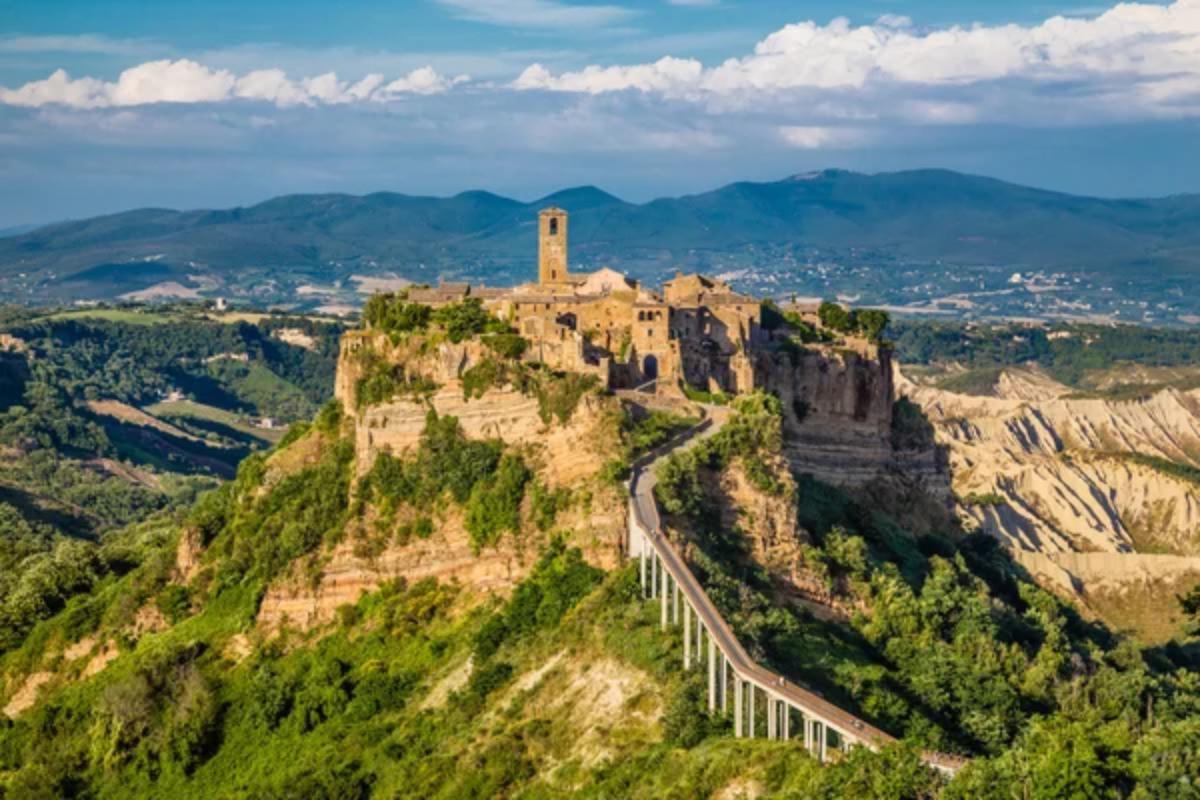
Perched dramatically atop an eroding clay ridge, this medieval village connects to the outside world via a single pedestrian bridge spanning a deep canyon. Nicknamed “the dying town” due to ongoing erosion gradually reducing its footprint over centuries, Civita maintains a permanent population of just twelve residents.
Stone archways frame narrow passages, opening suddenly into intimate piazzas where cats doze atop ancient Etruscan columns repurposed during medieval construction. Morning fog often fills the surrounding valleys, creating the illusion of a castle floating among clouds when viewed from neighboring hillsides.
Matera
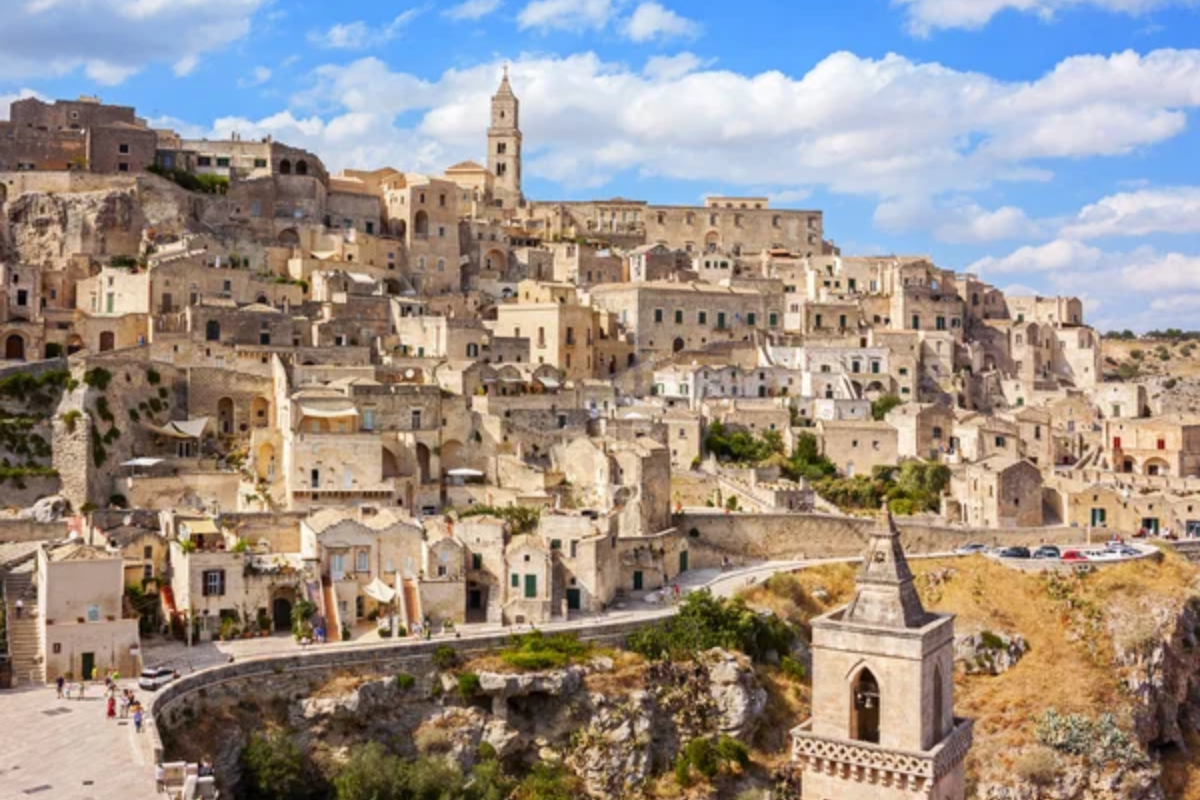
This ancient settlement in southern Italy features sassi—cave dwellings carved directly into limestone cliffs—continuously inhabited for over 9,000 years. Until the 1950s, residents lived without electricity or running water in these troglodyte homes, creating a lifestyle unchanged since medieval times.
Modern renovation has transformed many caves into boutique hotels and restaurants while maintaining their historical integrity and original stone facades. Evening walks through the Sassi districts reveal hundreds of cave churches illuminated by subtle lighting that highlights frescoes dating to Byzantine periods.
Like Travel Pug’s content? Follow us on MSN.
Alberobello
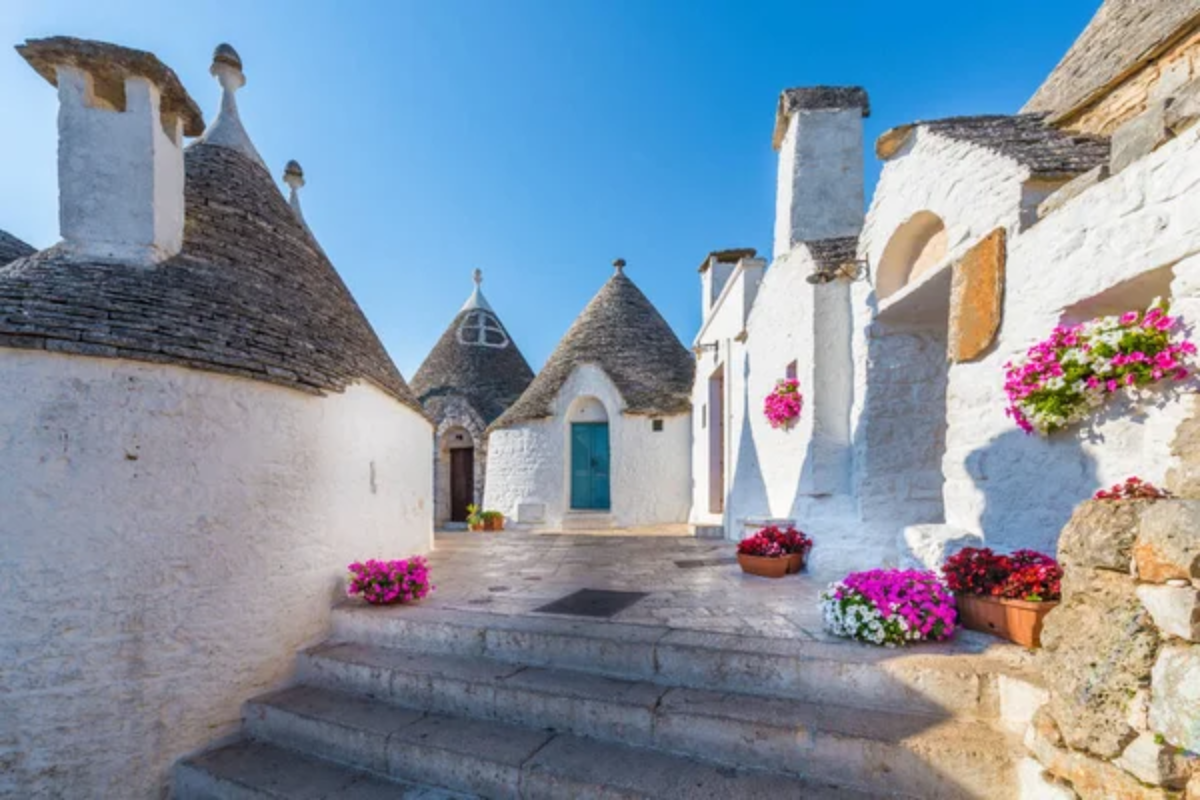
The distinctive trulli houses of this Puglian town feature conical limestone roofs constructed without mortar, creating structures that could be quickly dismantled when tax inspectors approached during historical periods. White symbols painted on these unique roofs combine pagan and Christian motifs believed to protect inhabitants from evil influences.
Narrow lanes wind between the stone buildings, revealing hidden courtyards where modern residents maintain centuries-old living patterns adapted to southern Italian climate conditions. Local limestone construction creates natural insulation, keeping interiors cool during blistering summers without modern air conditioning.
Castelmezzano
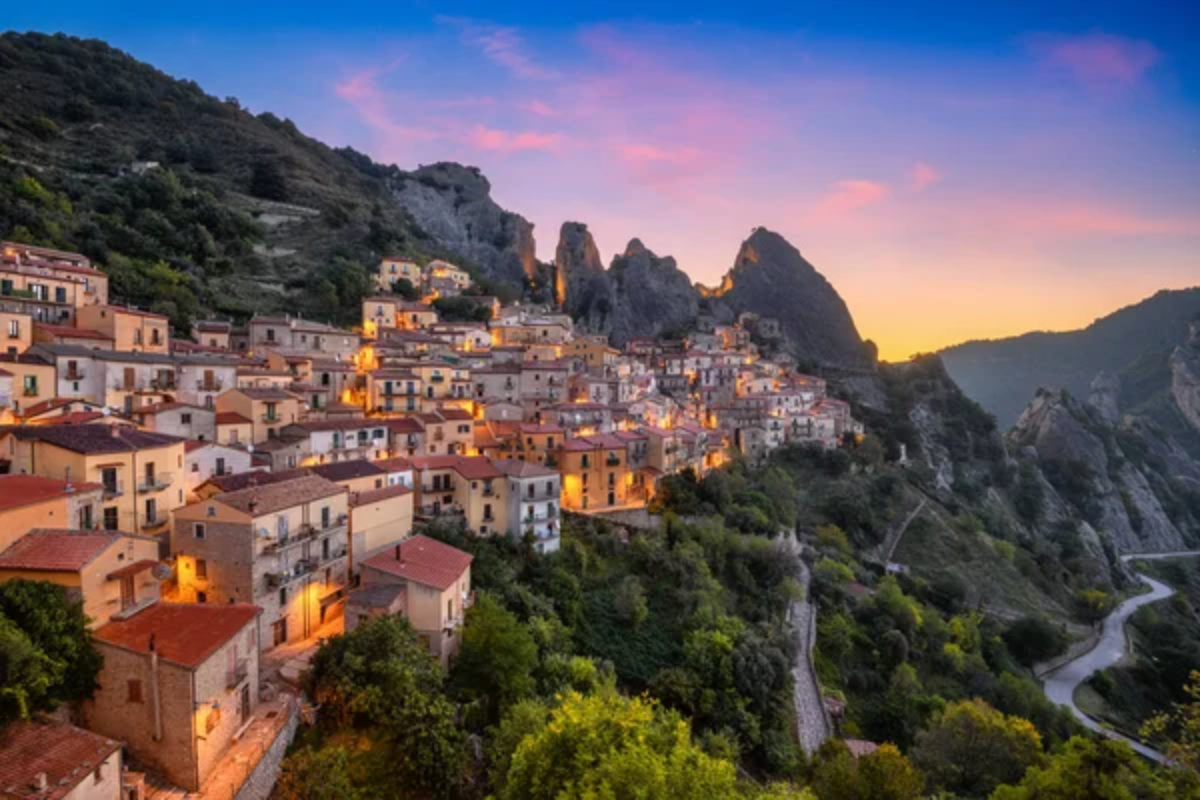
Dramatic dolomite spires frame this village, clinging to steep mountainsides in southern Italy’s Basilicata region. Ancient stone stairs connect multilevel pathways between homes built directly into rock faces, creating a vertical rather than horizontal town layout.
Evening brings the “Flight of the Angel”—a steel cable allowing brave visitors to zip between mountain peaks at speeds exceeding 70 miles per hour while suspended hundreds of feet above the valley floor. The town’s remote location creates exceptional stargazing opportunities, with minimal light pollution revealing astronomical features rarely visible near larger Italian cities.
Pitigliano
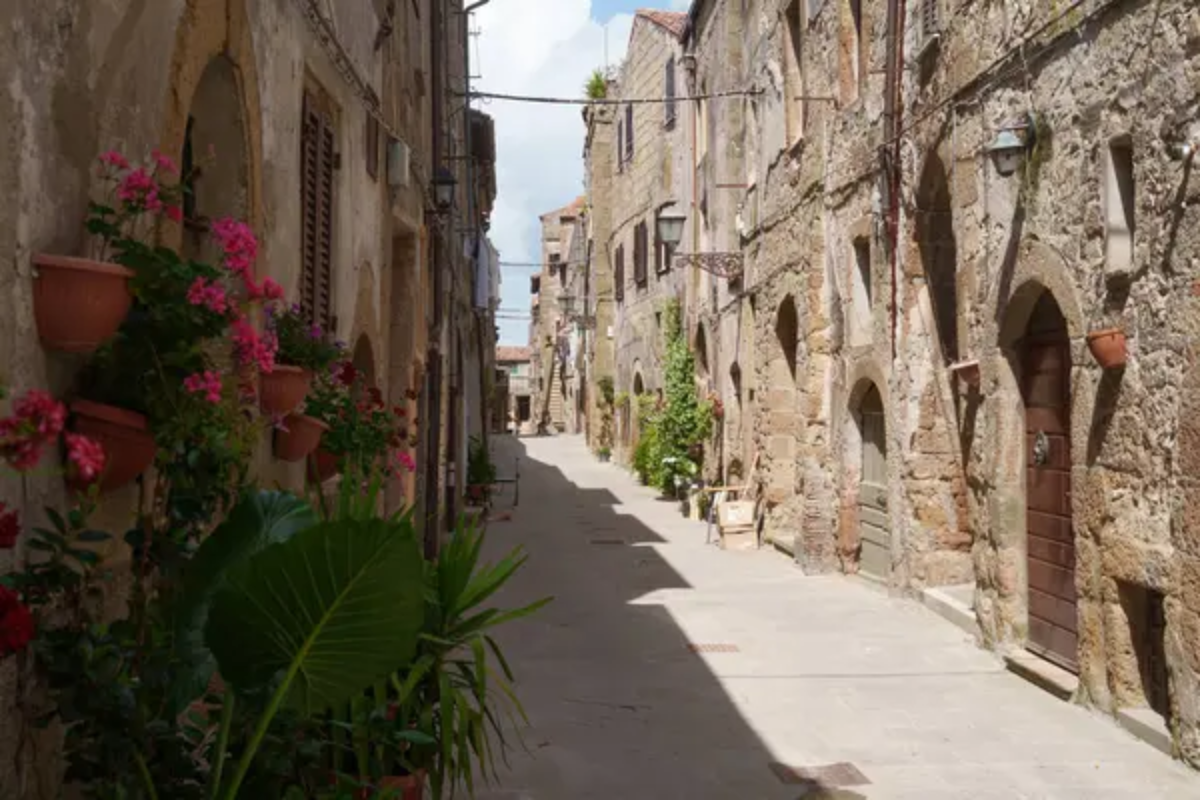
Known as “Little Jerusalem” for its centuries-old Jewish community, this Tuscan town rises from volcanic tuff cliffs with buildings seemingly growing from the rock itself. A network of caves beneath the town once housed wine cellars, olive presses, and stables accessed directly from homes above through vertical shafts.
The golden stone structures glow dramatically at sunset, creating photographic opportunities completely different from marble-dominated scenes in famous Tuscan cities. Local traditions combine Jewish culinary heritage with Tuscan techniques, creating unique dishes like carciofi alla giudia prepared with regional olive varieties.
Like Travel Pug’s content? Follow us on MSN.
Craco
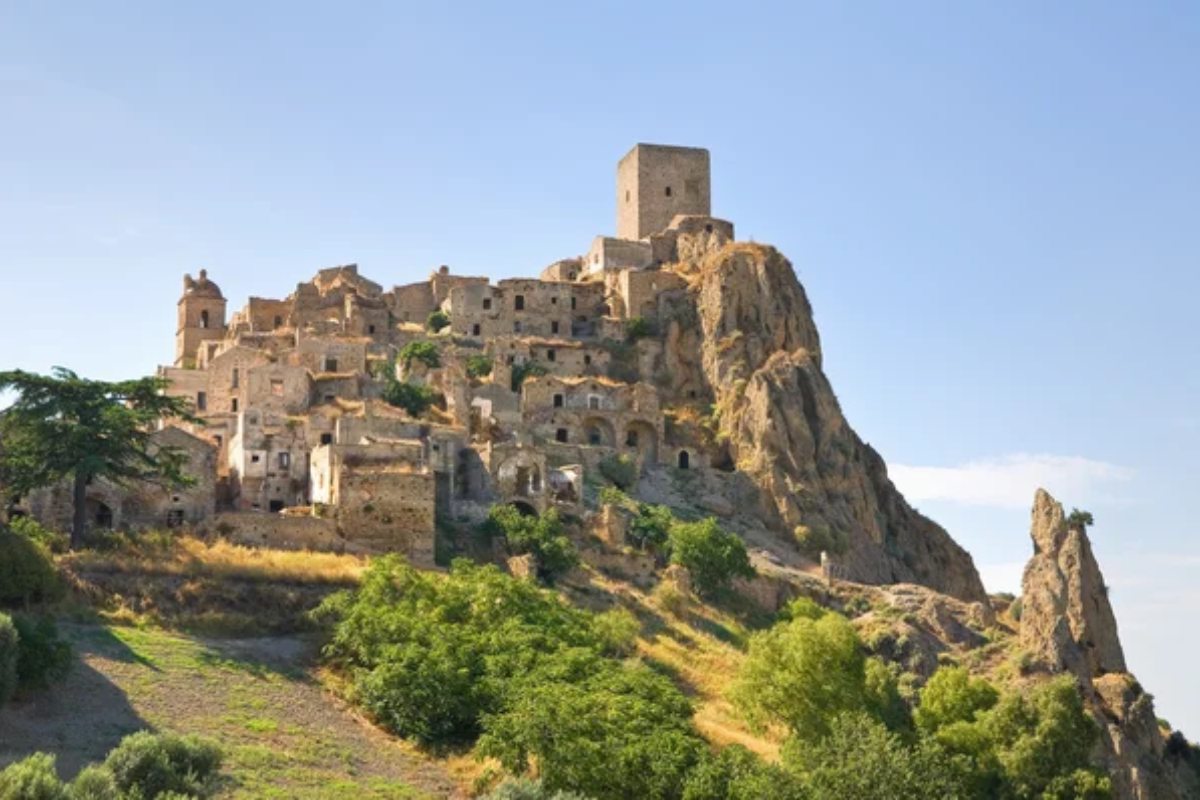
This medieval ghost town sits completely abandoned, with crumbling buildings creating an atmospheric landscape that has attracted numerous film productions. Partial collapses reveal interior details normally hidden from view—exposed stairways leading nowhere and frescoed walls open to the elements after centuries of protection.
Guided tours navigate still-dangerous structures where erosion continues, claiming buildings perched on unstable clay soil. The town emerges dramatically from the surrounding badlands, creating a silhouette against an empty sky that feels more like the American Southwest than typical Italian landscapes.
Tropea
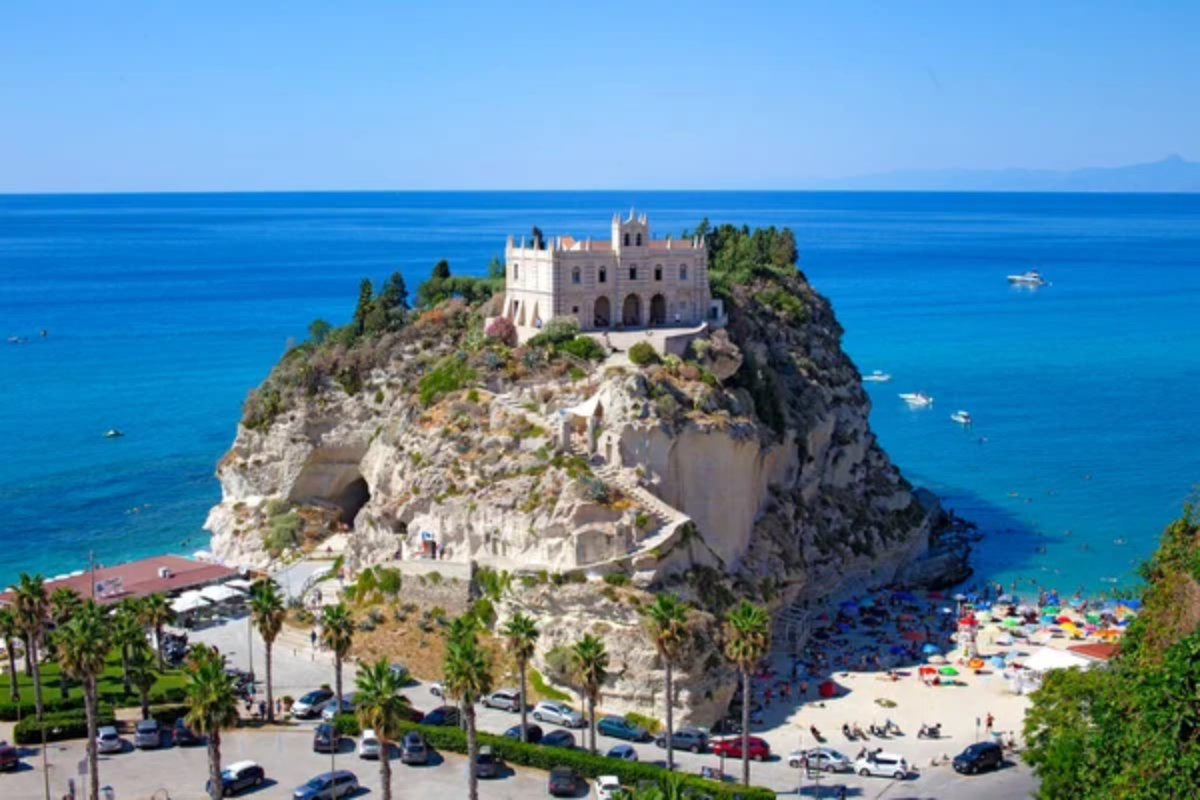
Perched on white cliffs above the impossibly blue Tyrrhenian Sea, this Calabrian coastal town centers around a Norman cathedral built on a rock outcropping extending over the beach below. Streets open suddenly onto panoramic terraces where uninterrupted Mediterranean views stretch toward the active volcano of Stromboli visible on clear days.
The town produces sweet red onions so prized they’ve earned protected designation status, featured in preserves that combine vegetable and dessert characteristics in uniquely Italian fashion. Evening passeggiata along the cliff-edge promenade reveals local social dynamics as residents exchange daily news against spectacular sunset backgrounds.
Scanno
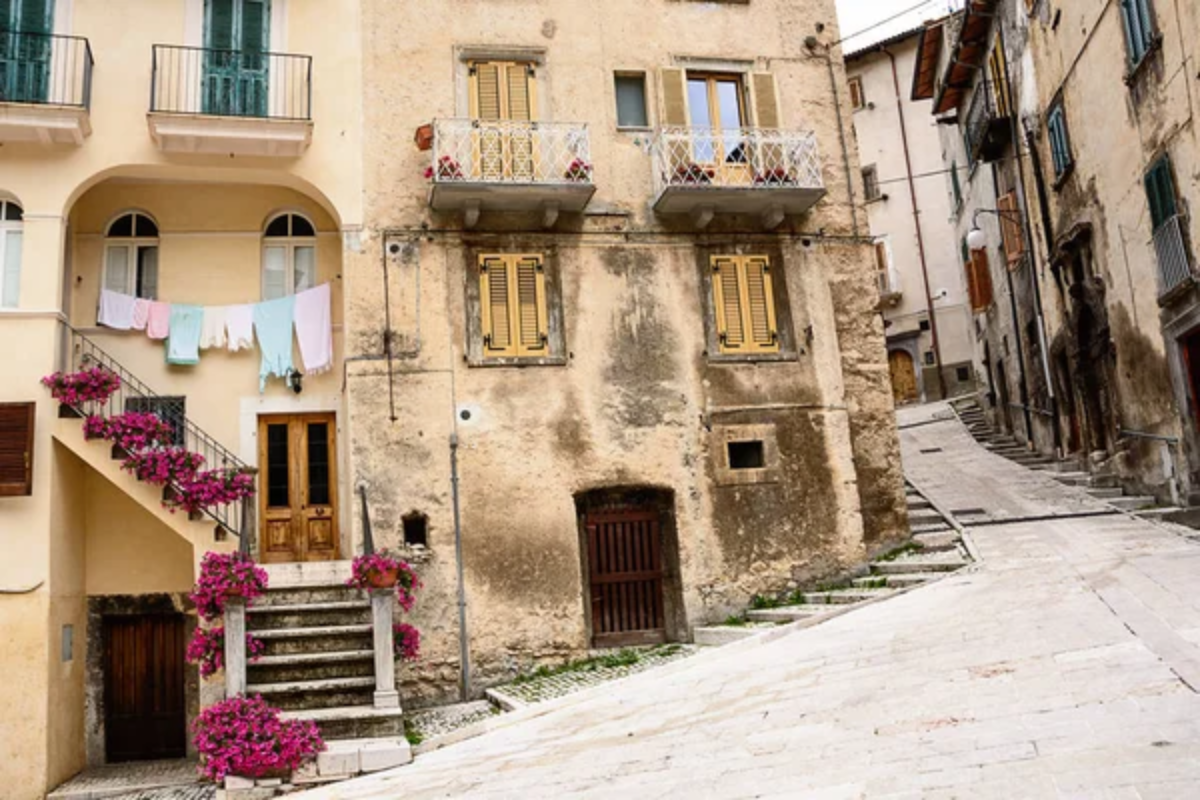
This mountain town in Abruzzo remains one of Italy’s most photogenic yet least visited destinations, where elderly women still wear traditional black costumes with distinctive ornate bodices and headscarves. Heart-shaped Scanno Lake lies just below the medieval center, created by landslides that blocked the valley during prehistoric times.
Narrow stone streets curve gently between buildings, creating naturally perfect compositions that attracted famous photographers, including Henri Cartier-Bresson and Hilde Lotz-Bauer, during the early 20th century. Local goldsmiths maintain techniques passed through generations, creating distinctive jewelry featuring presentosa—ornate heart designs symbolizing love and commitment.
Like Travel Pug’s content? Follow us on MSN.
Bosa
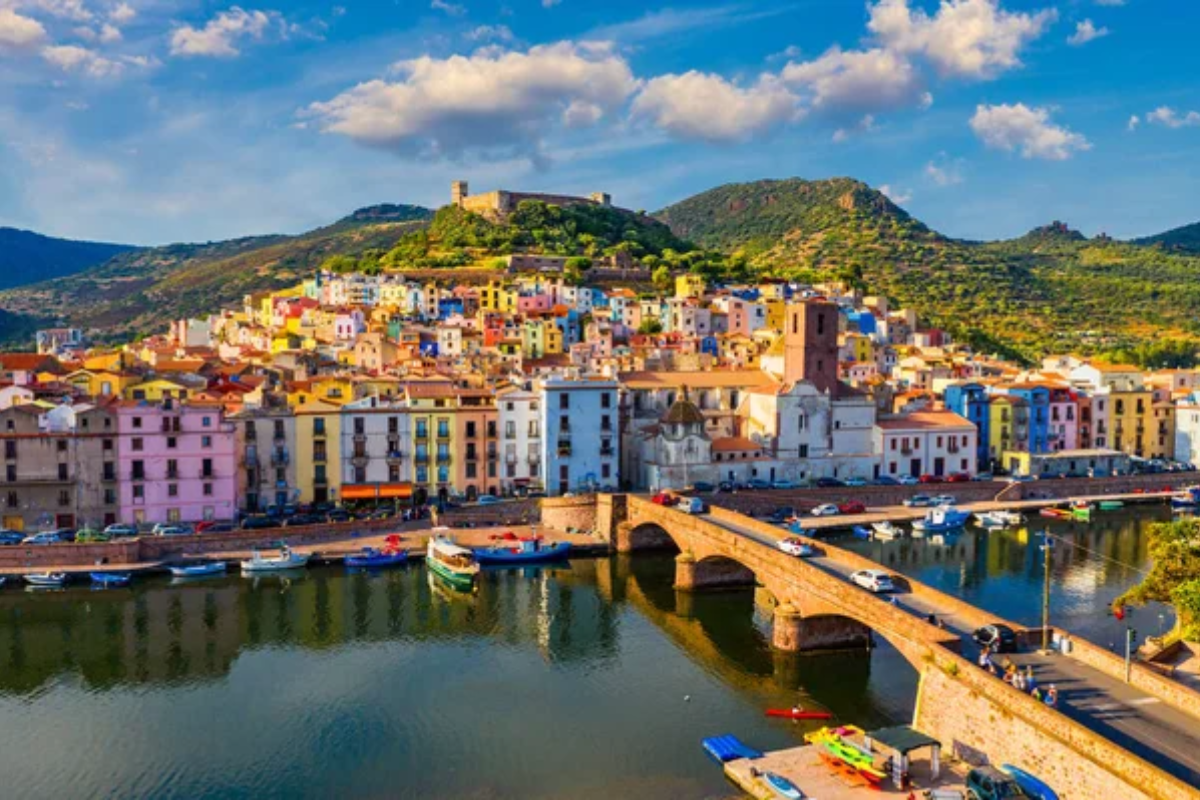
Multicolored houses climb the hillside beneath Malaspina Castle in this Sardinian town divided by the Temo River—the island’s only navigable waterway. Former tanneries with distinctive wooden balconies line the riverside, repurposed as studios for artisans maintaining traditional crafts.
The town operates on distinctly Sardinian rhythms, with lengthy afternoon pauses extending beyond typical Italian riposo periods. Ancient olive presses carved from massive stones remain visible in building foundations, evidence of continuous habitation spanning thousands of years in this sheltered river valley.
Calcata
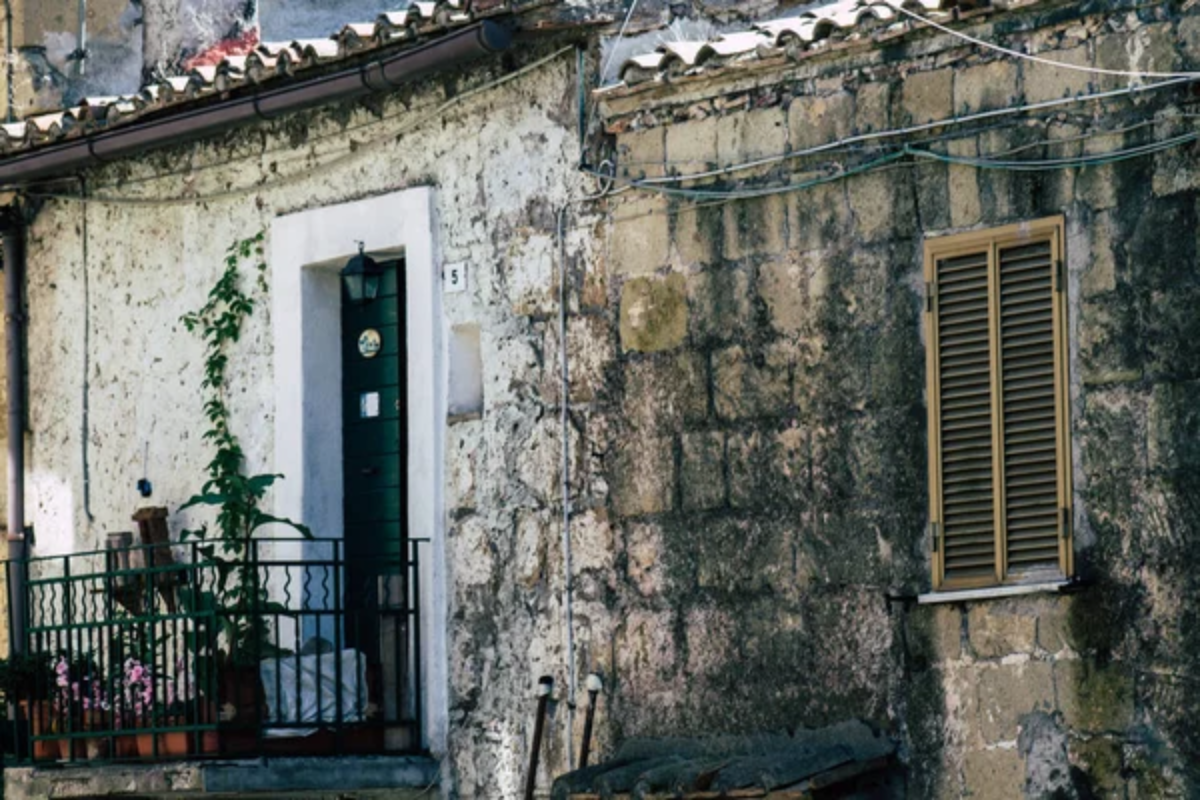
Hippies, artists, and writers reclaimed this nearly abandoned hilltop town in the 1970s, transforming medieval dwellings into eclectic studios, galleries, and performance spaces. The community banned automobiles entirely, requiring residents to transport supplies by hand through narrow stone passages too restricted for even the smallest vehicles.
Weekend visitors from Rome discover a counterculture enclave where pagan traditions blend with avant-garde art exhibitions in buildings dating to Etruscan times. The town previously housed a peculiar religious relic—the alleged foreskin of Christ—until its mysterious disappearance in 1983 ended centuries of unusual pilgrimages.
Savoca
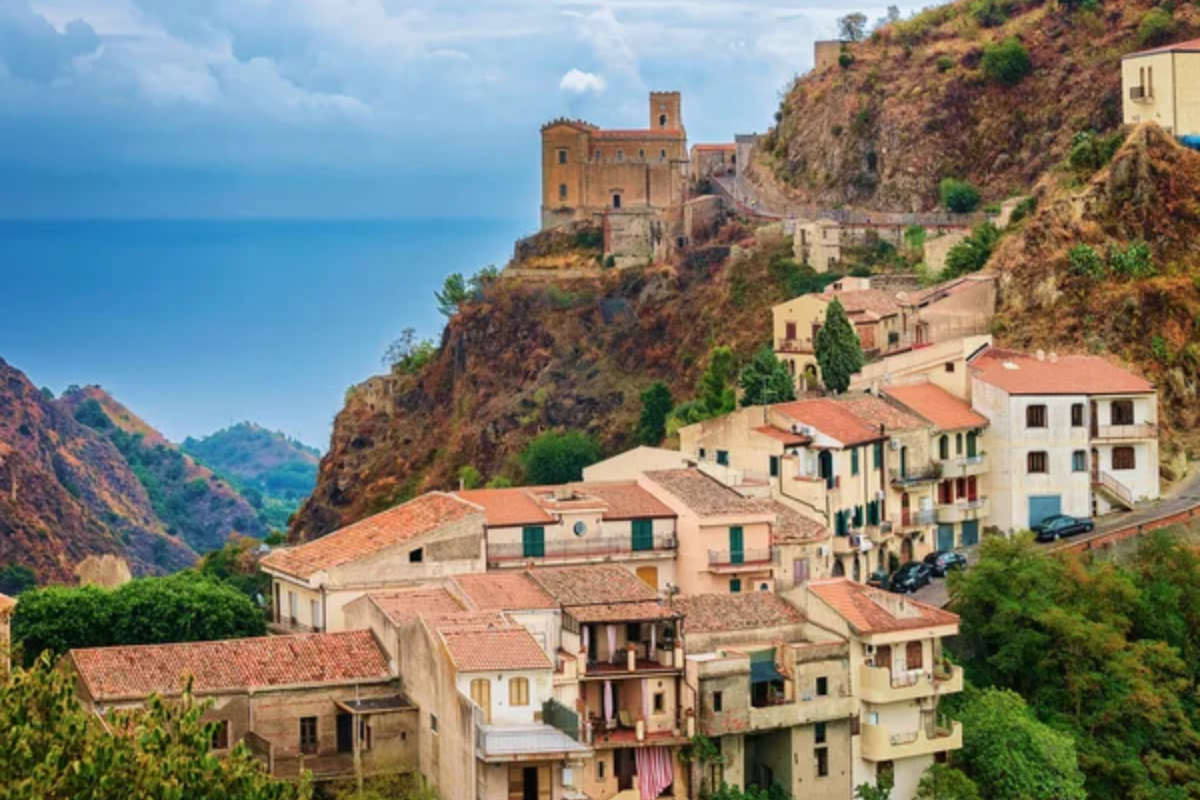
This Sicilian hilltop village gained brief fame as a filming location for “The Godfather,” yet remains remarkably untouristed compared to other movie sites. The medieval town clusters around ancient churches whose interiors feature unexpected baroque elaboration contrasting with austere stone exteriors.
The Capuchin monastery contains a macabre collection of mummified remains displayed in clothing reflecting their former social positions, creating an experience both fascinating and unsettling. Local granita served with fresh brioche follows strictly traditional preparation methods, representing the dessert’s authentic form rarely found even in major Sicilian cities.
Like Travel Pug’s content? Follow us on MSN.
Bagnone
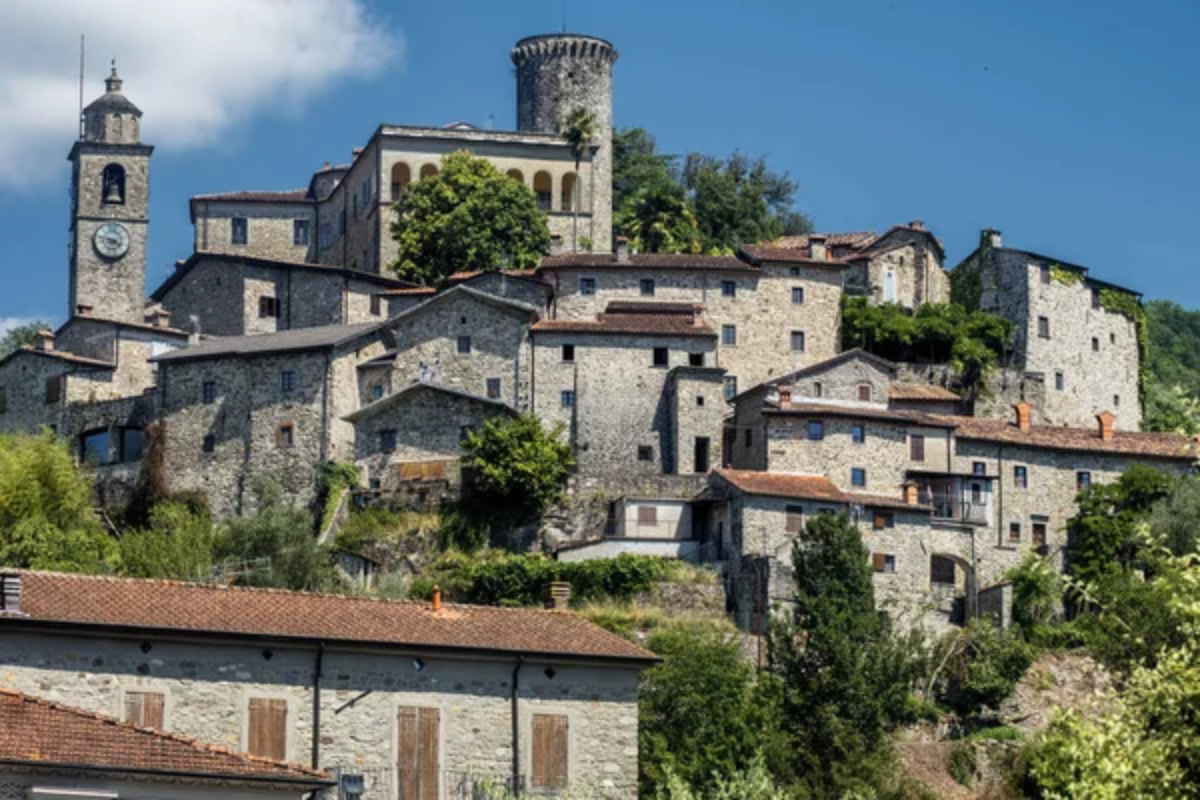
This northern Italian village in Lunigiana features a fairytale medieval bridge crossing a stream that divides ancient stone buildings decorated with trompe l’oeil architectural details. Chestnut forests surround the settlement, providing the main ingredient for local cuisine through techniques refined over centuries of relative isolation.
The microclimate created by surrounding mountains produces distinctive honey varieties harvested from wild apiaries maintained since medieval times. Winter transforms the town into a foggy wonderland where stone buildings emerge partially from the mist, creating naturally atmospheric scenes without edited photographic manipulation.
Atrani
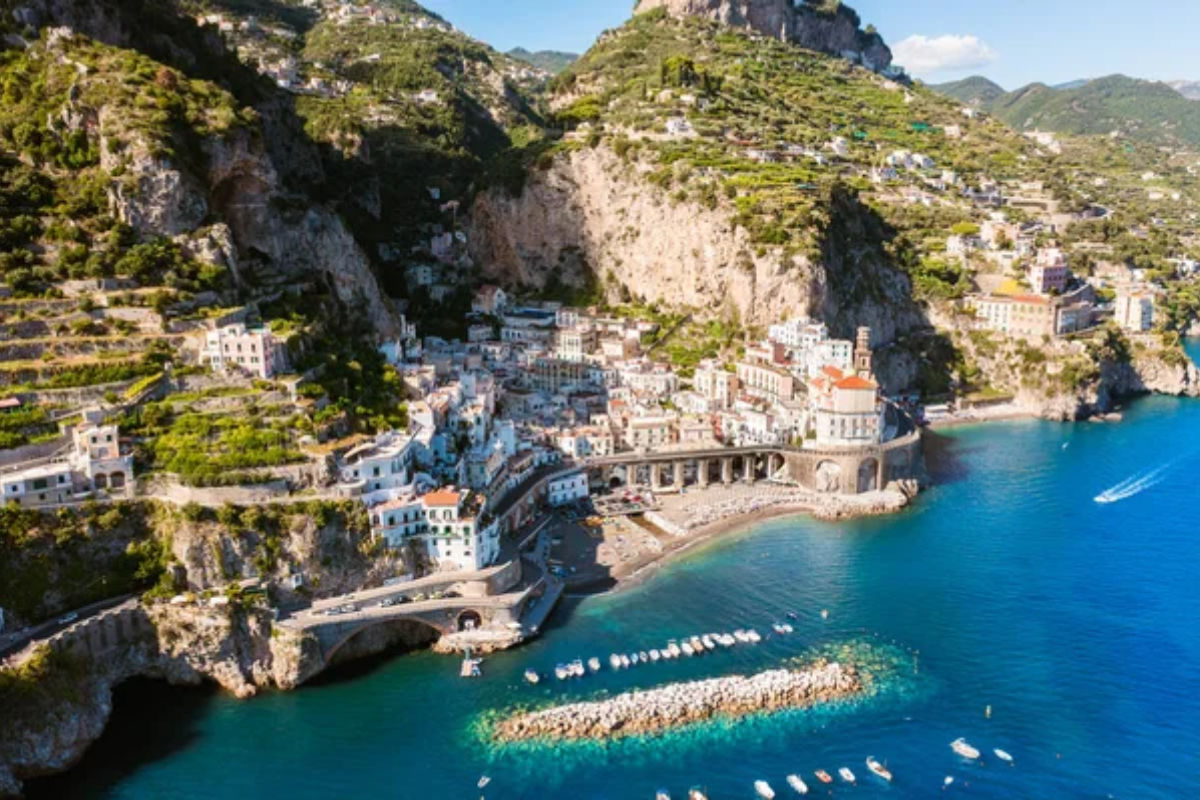
The smallest municipality in southern Italy preserves an authentic Amalfi Coast experience increasingly rare along this famous shoreline. Tucked between soaring cliffs just around the bend from tourist-filled Amalfi town, Atrani maintains a genuine fishing village atmosphere where locals predominate on the compact beach.
A covered passageway leads from the central piazza directly to the shore, designed to protect returning fishermen during winter storms while providing direct market access. The town’s compressed layout creates a three-dimensional maze where stairways, tunnels, and passageways connect multiple levels between buildings constructed in impossibly tight configurations.
Tellaro
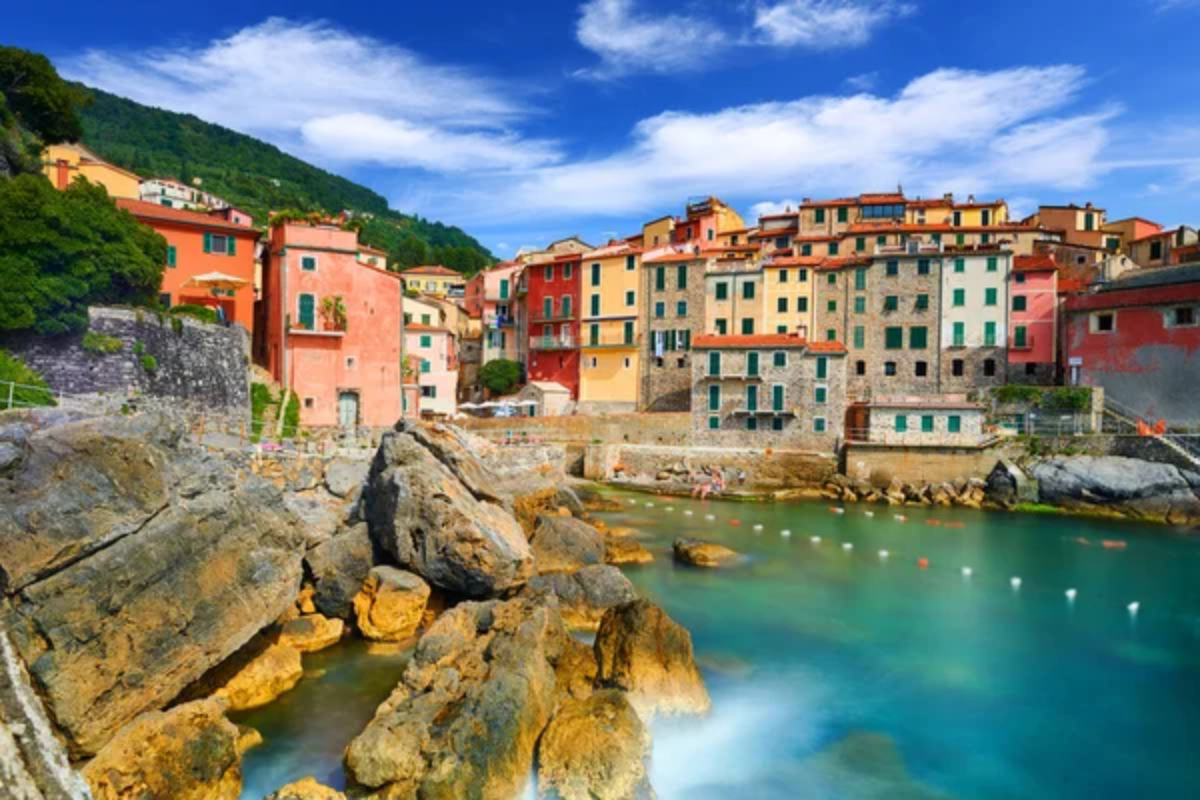
This Ligurian seaside village at the eastern end of the Golfo dei Poeti attracts poets and writers drawn to its authentic atmosphere relatively unchanged by tourism development. Legend claims a giant octopus once saved the town from pirate attack by climbing the church tower to ring warning bells—an event celebrated during summer festivals involving elaborate cephalopod decorations.
Homes painted in the distinctive Ligurian palette crowd around tiny harbors where fishing boats still outnumber pleasure craft. Narrow caruggi—alleyways barely wide enough for single-file passage—provide natural air conditioning during summer months as cool maritime breezes funnel between closely spaced buildings.
Like Travel Pug’s content? Follow us on MSN.
Pietrapertosa
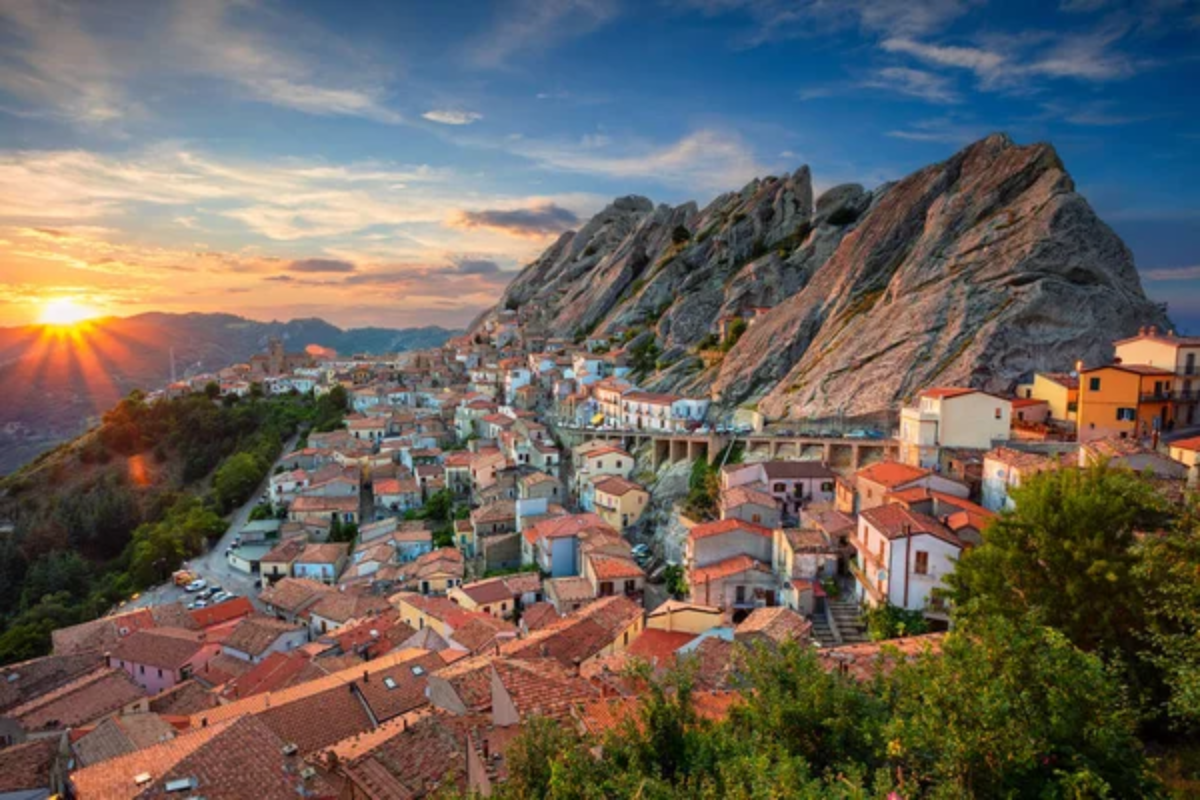
The highest town in Basilicata clings to dolomite rock formations, with some homes incorporating natural cave features into living spaces. Ancient stairways carved directly into stone connect neighborhoods divided by massive rock outcroppings too substantial to remove during town development.
Distinctive dialect preserved by geographical isolation contains elements of Arabic, Norman, and Greek influences largely lost in more accessible Italian regions. Traditional festivals feature elaborate costumes incorporating bird motifs and feathered ornaments reflecting the town’s position among peaks where raptors nest within sight of residential windows.
The Italy Waiting Beyond Postcards
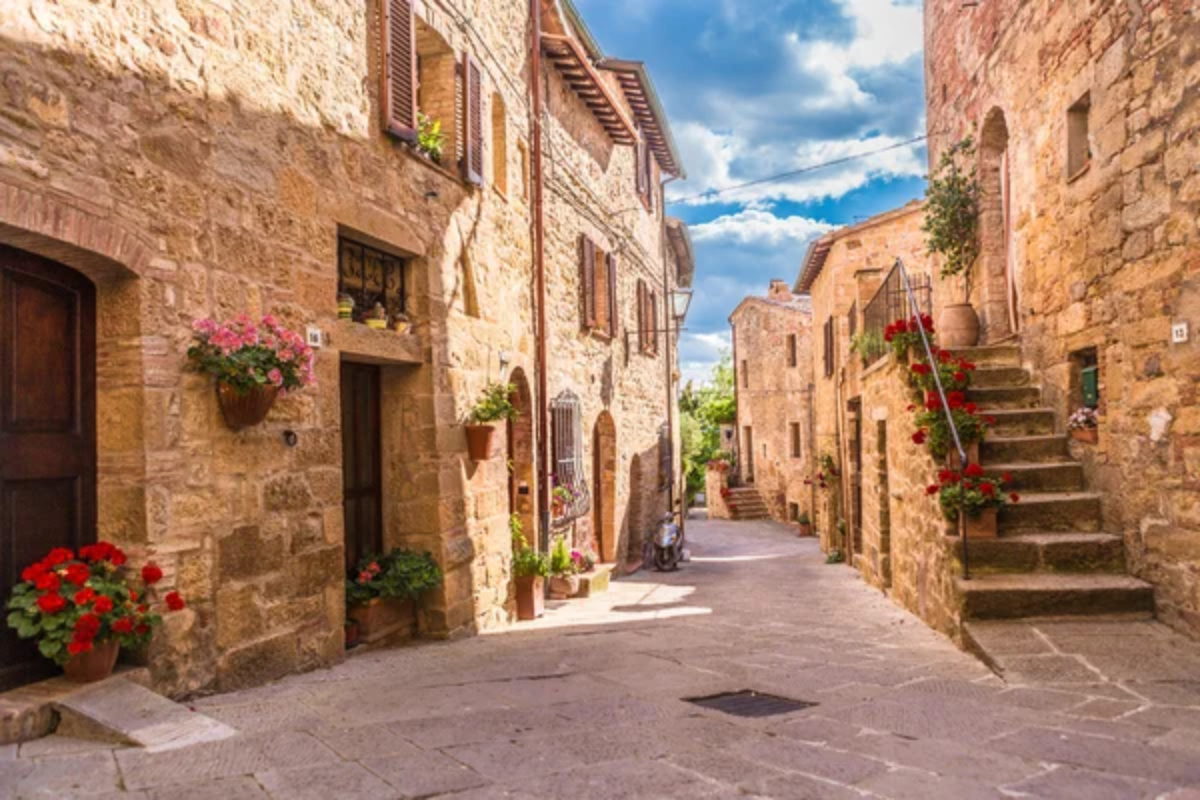
These magical towns reveal dimensions of Italian life largely invisible to travelers following standard itineraries between famous destinations. Their relative isolation has preserved authentic cultural traditions increasingly homogenized elsewhere by mass tourism influences.
The remarkable architectural heritage found in these lesser-known communities often equals their famous counterparts while remaining embedded in living communities rather than serving primarily as open-air museums. For travelers willing to venture beyond familiar destinations, these alternative towns offer deeper connections with Italian culture while avoiding the crowds that increasingly define experiences in Venice, Rome, and Florence.
More from Travel Pug

- Cities Growing so Fast You Won’t Recognize Them in 10 Years
- 13 Destinations Where Tourists Regularly Regret Their Trip
- 20 Obscure WWII Sites Even History Buffs Don’t Know About
- 10 Under-the-Radar Mountain Towns That Are Both Affordable and Beautiful
- 20 Abandoned Places That Feel Like Real-Life Post-Apocalyptic Movie Sets
Like Travel Pug’s content? Follow us on MSN.
